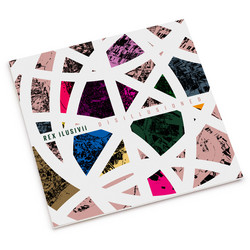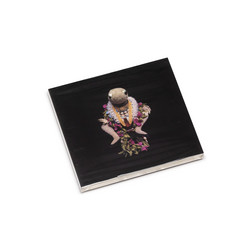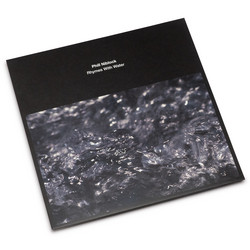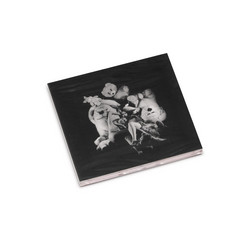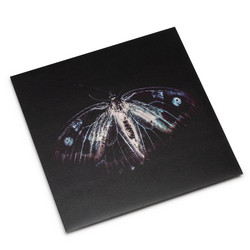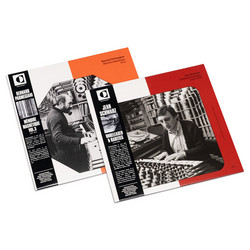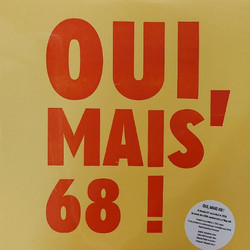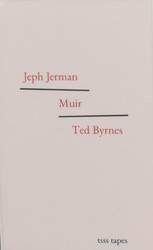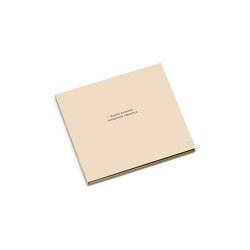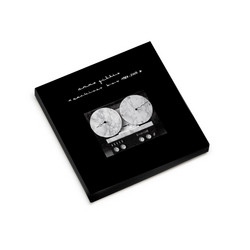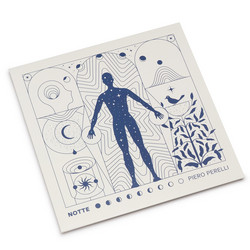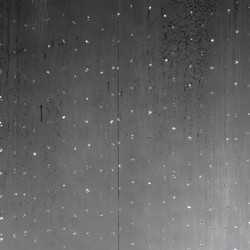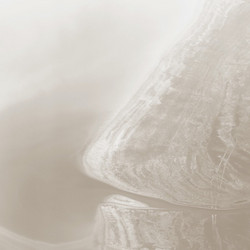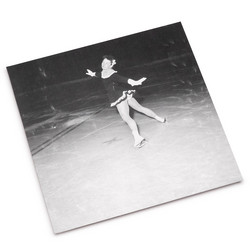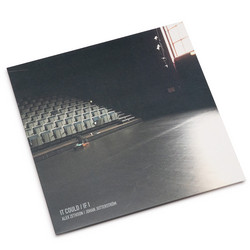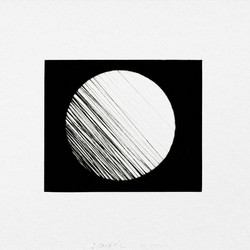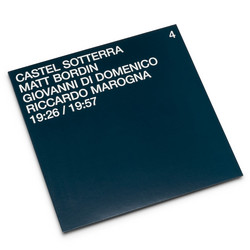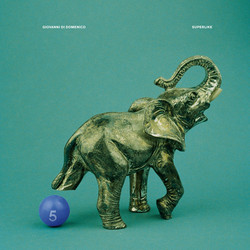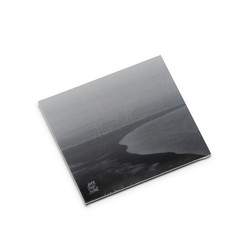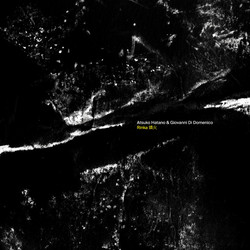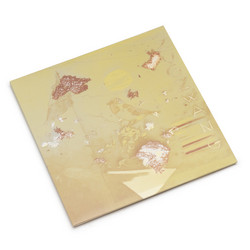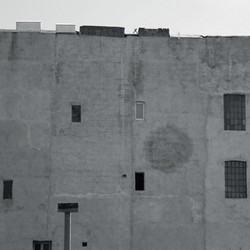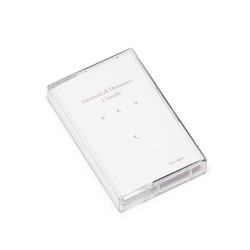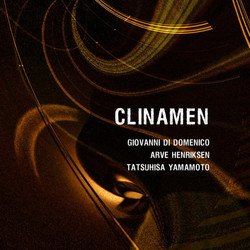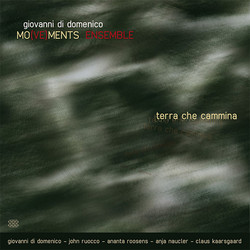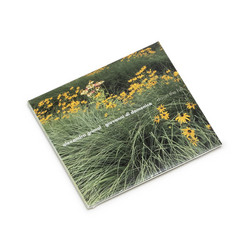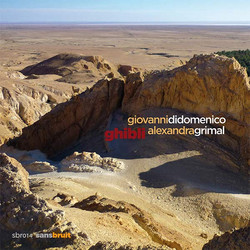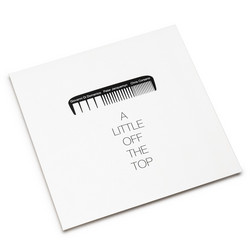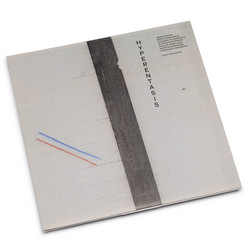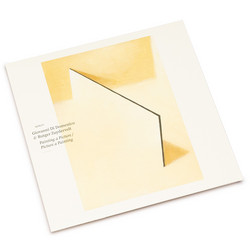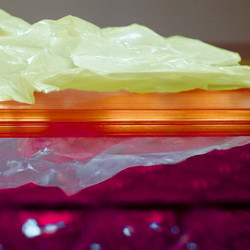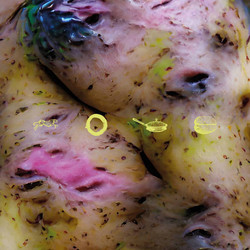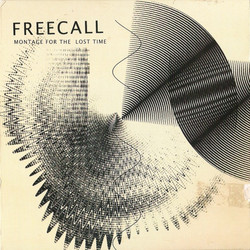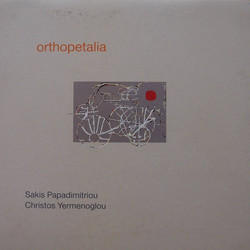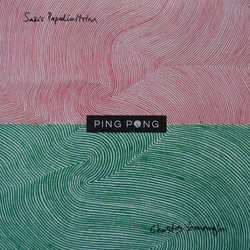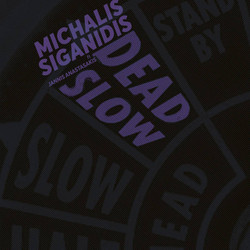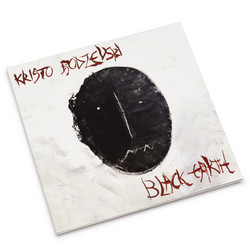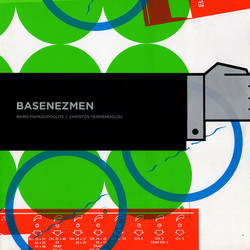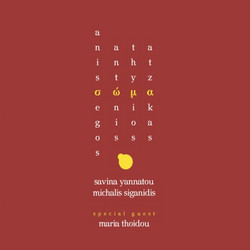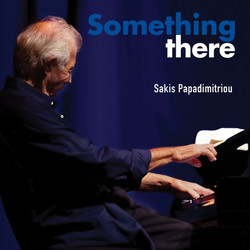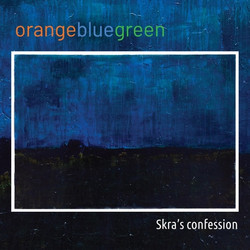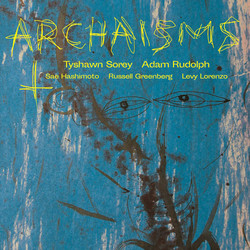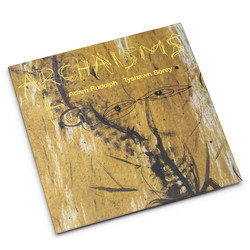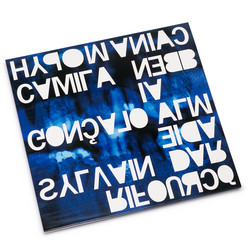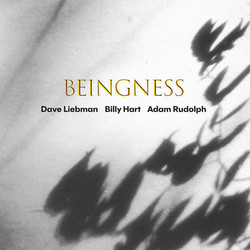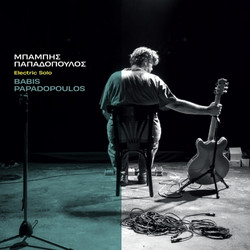Giovanni Di Domenico as a master of his instruments produces bulky sound rugged and dark atmospheres but also plainly beautiful through stark contrasts. Improvisation is therefore more as a state than an outline or shape, the timbre is the actual carrier of the form, drone is the crucial element. Edge Runner is sophisticated, refined even, balanced despite its obvious unwillingness to compromise, carefully crafted regardless of the mad surface structure.
Noema consists of a live recording of an improvisation based on a four-part open compositional framework. As on Zethson's solo disc "Pole of Inaccessibility" (released on Thanatosis in 2016), it explores almost-repetition, organic transformations, and the combination of relatively fast finger movements with a slowly evolving form. In some ways, it manifests an almost choreographic approach to improvisation, wherein repeated bodily movements – along with a close attunement to harmonics and subtle shifts – draw the performer ever deeper into the music, a movement that is, in turn, transmitted to the listener.
Drawing influence from a broad spectrum – ranging from the hypnotic explorations of Charlemagne Palestine to the rhythmic intensity of Meshuggah and the incandescent presence of Alice Coltrane's musicality – the piece strikes an intricate balance between structure and spontaneity.
The recording, which unfolds over just under 44 minutes, begins in the lower register of the piano, with undulating fifths at the center, creating a foundation that is both meditative and foreboding. The second part shifts into an exploration of rhythm and harmonics, with chromatic patterns articulated in the piano's lowest register, played without a sustain pedal to emphasize percussive attack and decay. In the third section, two bass ostinatos in the left hand intertwine with a shifting selection of intervals in the right, generating a harmonic landscape that feels at once unsettlingly spectral, both sharp and hauntingly ethereal. Finally, the fourth part introduces tremolos and paradiddle-influenced movements, shaping an almost lyrical minor-seventh tonality that ties back to the opening section, completing the piece with a sense of resolution and return.
